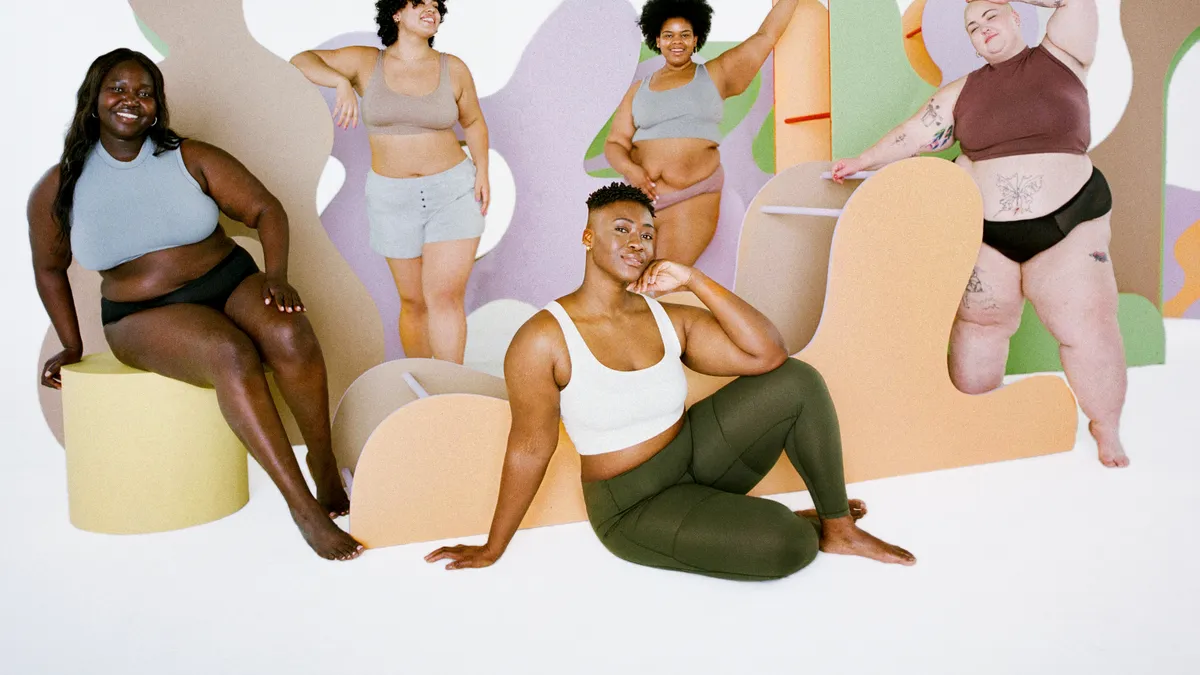Dive Brief:
- Expanding access to its lower price points, period underwear brand Thinx released its more-affordable product line — called Thinx for All — on its direct-to-consumer website Tuesday, according to details emailed to Retail Dive.
- The line features a variety of new colors and styles, with prices starting at $17. For every pair of underwear purchased, the brand will be donating a pair to “organizations that help improve access to period supplies and reproductive health.”
- Thinx for All is already sold through Target, CVS and Walmart, per the email.
Dive Insight:
Thinx is expanding its DTC lineup for consumers who may be looking for products focused on sustainability without the price hike often associated with them.
Thinx surveyed menstruating women aged 18 to 54 years old, finding that 65% said they were more likely to shop for reusable period products if they were more affordable. Additionally, 45% of those surveyed reported being embarrassed by their lack of access to menstrual products. As such, Thinx for All’s DTC availability provides another channel for shoppers concerned about price points.
The news follows a year of changes at Thinx. In February, Huggies and Kotex maker Kimberly-Clark acquired a majority stake in the brand, with the investment intended to expand Thinx’s DTC presence and utilize Kimberly-Clark’s retail partnerships. Thinx CEO Maria Molland then stepped down from the role in May to spend more time with family, passing the reins to Johnson & Johnson executive Meghan Davis.
Thinx also cut some of its prices in July, lowering the cost of its youth line and rebranding it from “Thinx BTWN” to “Thinx Teens.” The teen's collection is now priced as low as $16.
Data beyond Thinx’s own research shows that while consumers care about environmental impact, the higher cost of more environmentally friendly products is indeed a deterrent to purchases. An October 2021 study from pricing consultancy Simon-Kucher & Partners revealed that only about a third of consumers were willing to pay more for sustainable products despite 60% of participants listing sustainability as an important purchase consideration.













